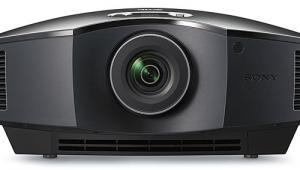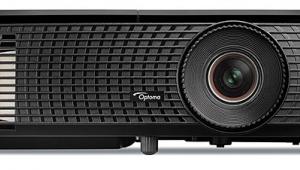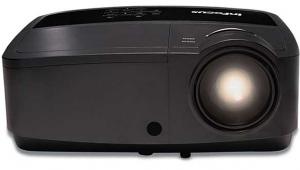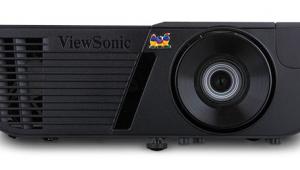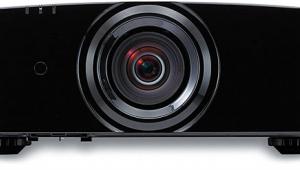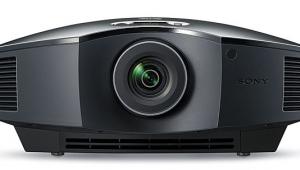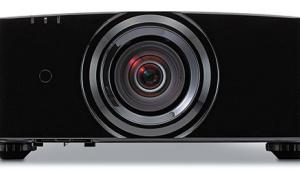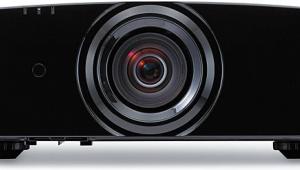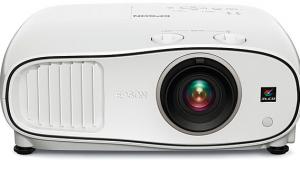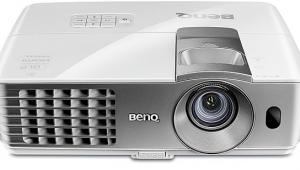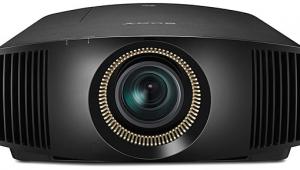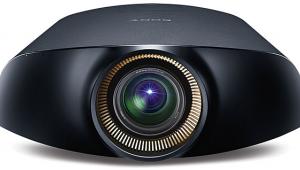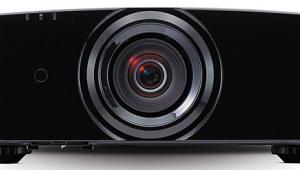Hello, I recently have purchased the panasonic pt- ae8000. What I was wondering is what settings did you end up settling with after the calibrations?
Thanks.
Panasonic PT-AE8000U 3D LCD Projector Settings
These settings are offered only as a potentially useful starting place. While they match the settings used in the review, unit-to-unit sample variations, the viewing environment, and the source might render these recommendations less than optimum. For a projector, the screen will also have an effect.
The settings here that are most likely to translate reliably from one sample to another are those involving specific features with only a few setting options, such as Color Space, Gamma, and Noise Reduction. The ones most likely to be subject to sample variations are video controls offering a wide range of settings. This will be particularly true for color temperature (gray scale) and color management adjustments (where available).
While experimenting with the user menus controls can do no damage and can easily be reset, we do not provide settings for service menu adjustments. In any event, no service menu settings were used (or available to us) in this review.
We strongly recommend that you find the optimum basic video settings for your sample by using one of the many display setup DVDs that are available, such as Digital Video Essentials (DVD) or DVE HD Basics (Blu-ray). This is particularly important with a projector, as the optimum settings will vary with the make of screen, screen material, screen size, and sometimes even the chosen throw distance from projector to screen. The settings here reflect the 96” wide, Stewart Filmscreen Studiotek 130 screen used for the review. A full calibration, particularly of the gray scale and color gamut, is best left to a trained and properly equipped technician such as those certified by the Imaging Science Foundation (ISF) or THX.
| 2D | 3D | ||
| Picture Mode | Cinema 2 | Cinema 2 Contrast | |
| Contrast | -15 | +20 | |
| Brightness | +3 | +4 | |
| Color | -4 | -2 | |
| Tint | 0 | 0 | |
| Color Temp | -2 | -2 | |
| Sharpness | 0 | 0 | |
| Dynamic Iris | On | On | |
| Advanced Menu | |||
| Gamma Adjustment | Advanced 3 | Advanced 5 | |
| Contrast R | -2 | -5 | |
| Contrast G | -3 | -3 | |
| Contrast B | -6 | +21 | |
| Brightness R | -6 | -7 | |
| Brightness G | -2 | -2 | |
| Brightness B | -2 | -6 | |
| NR | Off | Off | |
| MPEG NR | Off | Off | |
| Frame Creation | |||
| Detail Clarity | 0 to +2 | 0 to +2 | |
| Cinema Reality | Off | Off | |
| Super White | Off | Off | |
| TV System | Auto | Auto | |
| Overscan | 0 | 0 | |
| Keystone | 0 | 0 | |
| HDMI Signal Level | Normal | Normal | |
| Frame Response | Normal | Normal | |
| Lamp Power | Normal | Normal | |
| 3D Eyeware Brightness | Light | ||
| 3D IR Transmitter | Medium | ||
2D and 3D Color Management
| Color | Tint | Brightness | ||
| Red | 0 | 0 | 0 | |
| Green | 0 | +23 | +3 | |
| Blue | 0 | 0 | +3 | |
| Cyan | -2 | -6 | +5 | |
| Magenta | 0 | 0 | 0 | |
| Yellow | +26 | +6 | +9 |
- Log in or register to post comments


As I understand it, the lack of motorized lens shift is not an issue when, e.g. shifting from 16:9 to 2.3x:1, as when programming this feature, the setup adds a step in the macro sequence that digitally shifts the image up and down on the chips. IIW, you set the zoom for each aspect ratio, then center the image for each, digitally, and this is remembered as part of the sequence when you shift between them. No need at all to mess with the physical lens shift after initial placement and physical setup.
So, actually, this is a highly desirable feature exactly because of this capability, among Constant Image Height (CIH) cognoscenti. And, it's been around for awhile. The AVS boards have exploded with enthusiasm over this CIH-without-anamorphic-lens feature--for the last four generations of Panny PJs that have had it (including the "drought" between the PT-AE4000 and the PT-AE7000). So, from CEDIA 2008 (PT-AE3000u announcement) until now...it's been one of Panny's huge selling points--or at least "product-differentiator"--until recent efforts from competitors to offer similar features and programming have resulted in more marketplace choice.
Frankly, I'm surprised it took so long...I had predicted that Panasonic's mid-tier PJ arch-rival (but, ironically, Panny's LCD chipset supplier) Epson, at least, would've jumped on this feature within a product cycle, given their competition (mutual domination) in the space. Took awhile for anybody to get all that excited about offering competition. But, as the technology and market matures before the "next big thing" [LED? Lasers? 16K HD?(!]), etc., I guess we all win when manufacturers double-down on features, even if real performance advances merely minutely. If I were to buy a PJ tomorrow, for example, Lens Memory-type features as implemented on the 8000u would be a must-have feature, period. (Perhaps with the Elite Osprey dual-screen setup, for well under two grand...a compelling "top of the midrange/tasting the high-end" duo, depending on PJ choice. Would that the feature were truly ubiquitous, however.)
